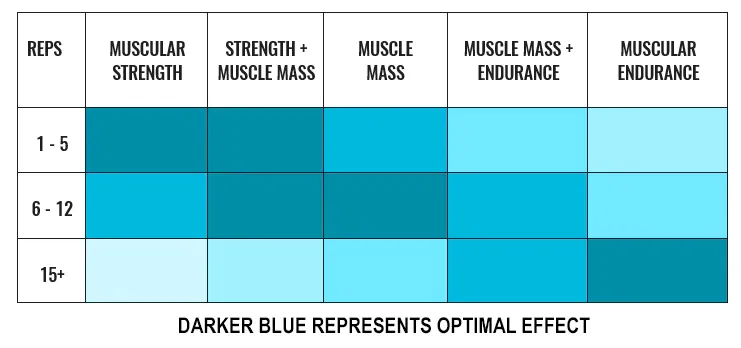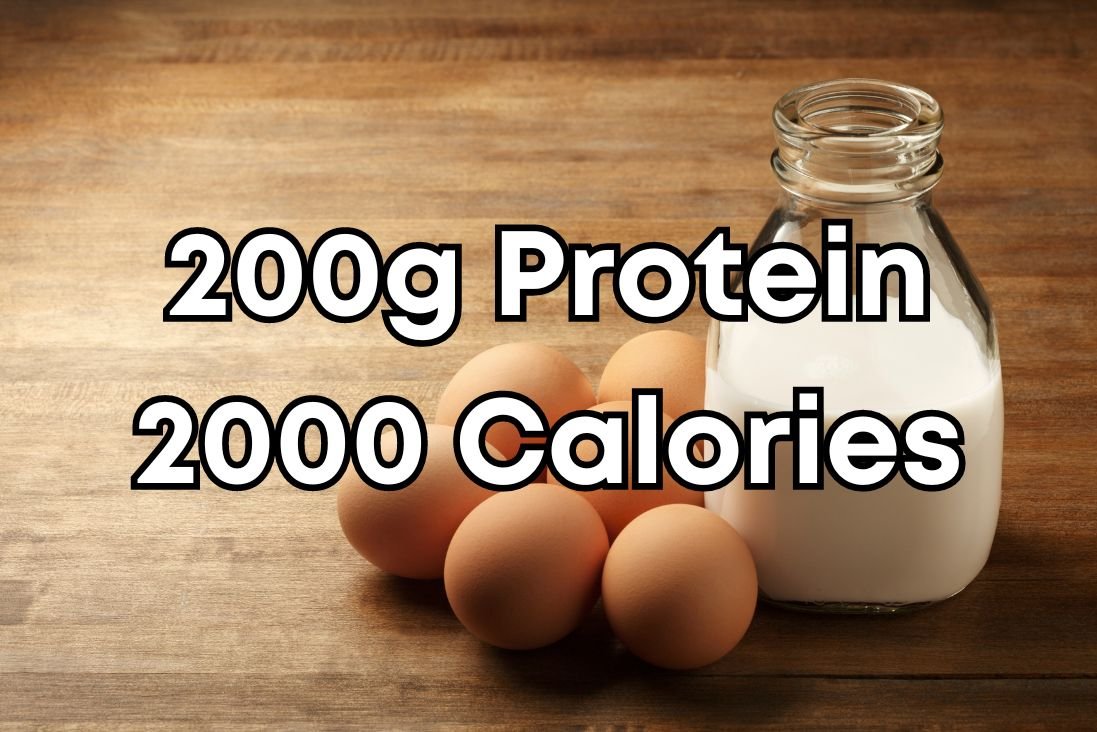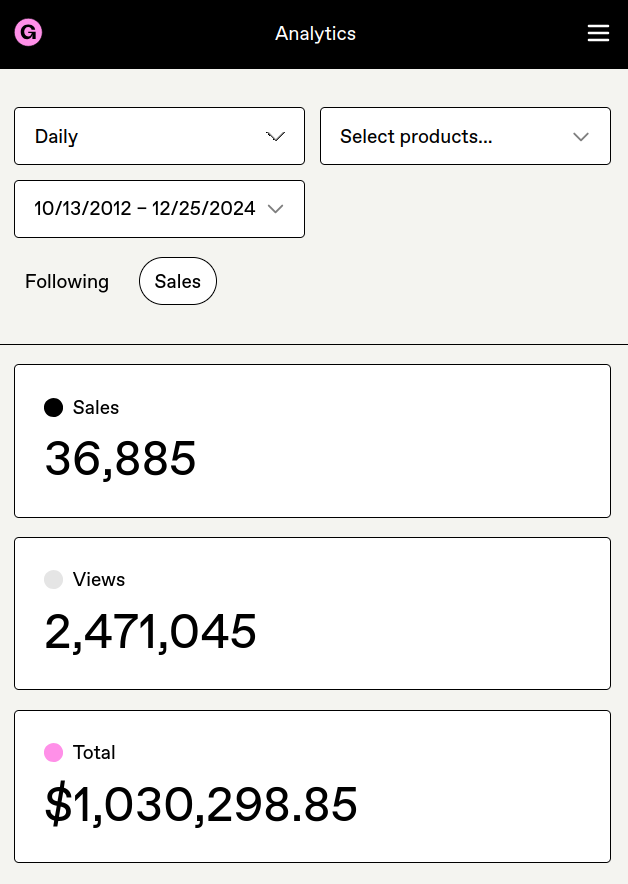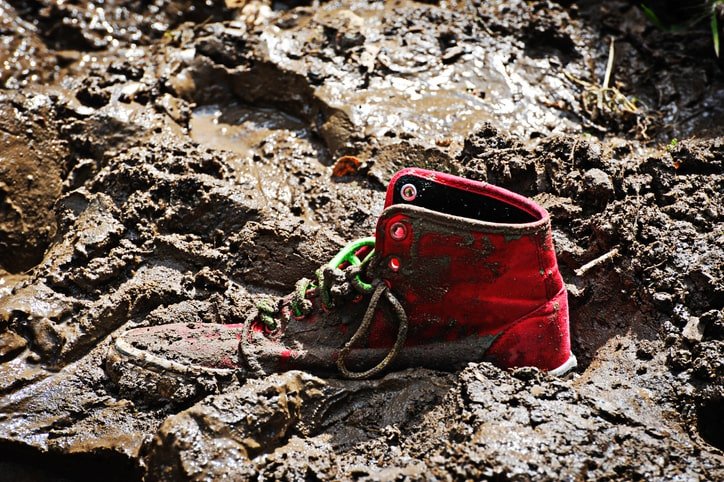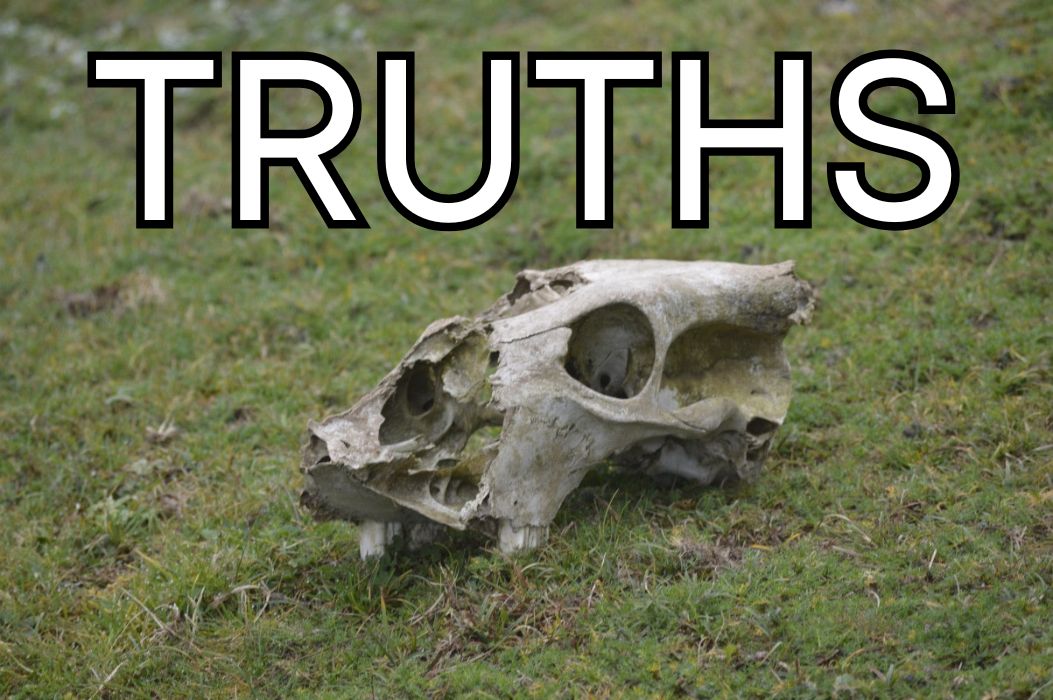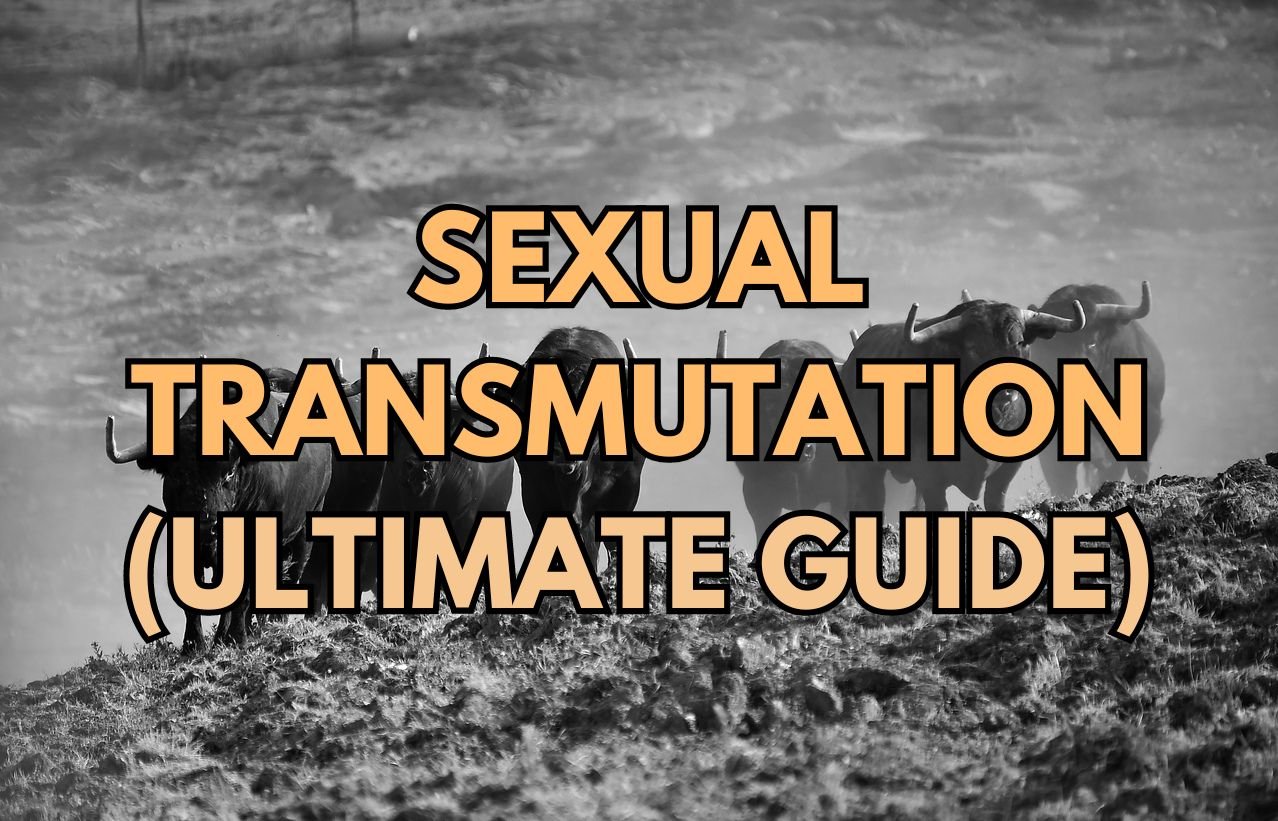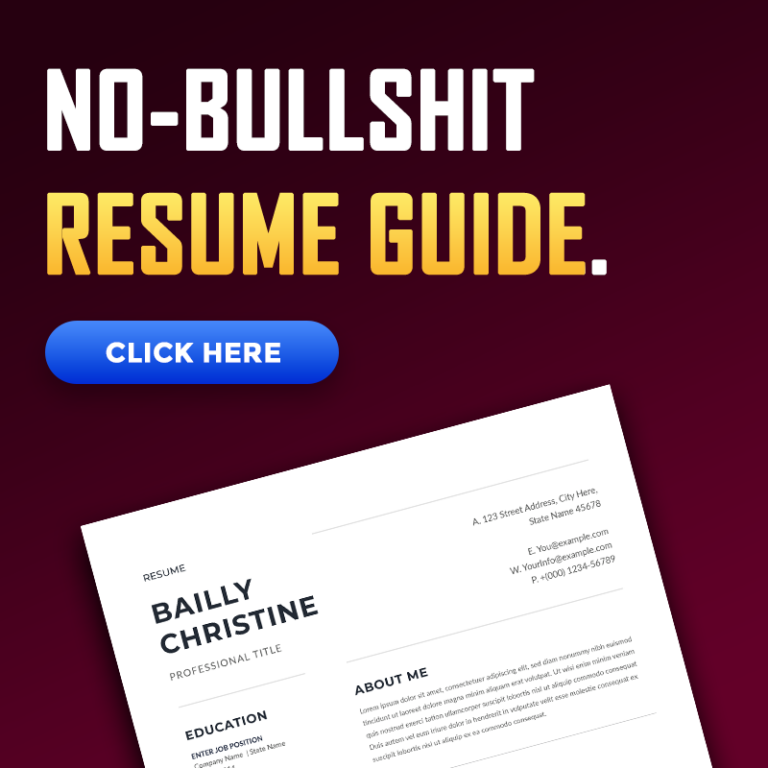In the previous part, we discussed calorie needs for hypertrophy. In this part, let’s talk about everything related to protein.
What is protein and why it is important

Protein is the macronutrient that provides us with nitrogen. Unlike plants we cannot fix nitrogen, we must eat it. This is why protein is so special and different from fats and carbs. Protein gives us nitrogen.
You need protein to live. The general public thinks the main use of protein in the body is to build skeletal muscle.
They forget that your heart and blood vessels and most other things are also made up of protein. You need it maintain the osmotic pressure in your blood (largely by albumin). It maintains your pH buffer in your body (by hemoglobin). Even your skin and hormones are made using protein.
Protein is not just about muscle growth. If you eat a diet deficient in protein, you will fuck up your body in various ways and die far sooner than you otherwise would have.
However, since this is a series on muscle hypertrophy, all we care is that the protein supplies us with the amino acids needed to repair and build muscle.
When you provide your muscle with mechanical tension (lift weights in the gym), you activate the mTOR signalling pathway to signal muscle protein synthesis (MPS).
We know this is the case because if you take an mTOR inhibitor (like rapamycin), you get almost no muscle hypertrophy even in the presence of heavy exercise.
To put it in very simple terms, exercise doesn’t build muscle by itself. It just activates the systems in your body that turn amino acids into muscle.
But for that to happen, you need to have those amino acids available to you in the first place. And give your body amino acids, you need to eat protein in your diet.
How much protein do you need for optimal hypertrophy
Note: Everything discussed here is for natural trainees. People using anabolic steroids or hormones may need (depending on dosage) 50%-100% more than what is stated here to get the most out of their “supplements”.
There are various thumb rules, and I’ll list some of them with their pros and cons. You can pick whichever one you like best.
Remember all of these are thumb rules based on research and it doesn’t mean that eating less will give you zero growth (although there is probably some minimum number you need to eat to get any growth).
Note that all of these rules assume that the protein you’re getting is primarily from high quality sources (the issue of protein quality will be introduced later in this article and fully discussed in the next piece).
Thumb rule 1: Eat 1 gram per pound of bodyweight (2.2g per kg for all the non-retards)
This rule comes from the world of bodybuilding. The advantage of using this rule is that it’s simple and effective.
The disadvantage is that it produces absurdly high values for people who are overweight. If you are 100kg at 30% body fat, you don’t need 220g protein per day for optimal hypertrophy.
This rule typically works best for lean people at ~15% body fat.
Note: There is a popular meta analysis by Menno Henselmans that says that there is no benefit to eating more than 1.8g protein per kg of bodyweight. This is controversial and other very experienced people in the field have claimed that Menno misrepresents the studies he uses and is a mediocre statistician. To quote: “If you go and look at what he says the paper says, and what the paper actually says, is never the same”. Because the fidelity of his meta analysis is unclear and disputed, it’s probably best to ignore it.
Thumb rule 2: Eat 1 gram per pound of target bodyweight (2.2g per kg)
This is a modification of the previous thumb rule and tries to take into account bodyweight. So if you’re a fatso at 100kg and want to get down to 70kg, you eat according to your target bodyweight.
The problem that happens is that most people have no idea what their target bodyweight should be. People massively underestimate how much fat they’re carrying. Guys think they will be shredded if they lose 10kg. Reality is they probably need to lose 20-25kg.
Thumb rule 3: 1 gram protein per centimeter of height
The advantage of this rule is that it doesn’t use your bodyweight. It produces the same answer whether you are lean or obese.
This is also the thumb rule I recommend for the vast majority of people because 1) it’s just so easy for everyone and 2) the answer is high enough that you can’t go wrong.
Let’s be nitpicky
The main disadvantage of the above thumb rules is that they don’t take into account dietary surpluses and deficits.
When you are eating a surplus, you don’t need as much protein because all the extra carbohydrates and calories have a protein sparing effect.
In a calorie surplus (consuming more calories than the body burns), the presence of extra carbohydrates increases insulin secretion. Insulin inhibits the breakdown of muscle protein, which further reduces the body’s need to use protein for energy.
On the other hand, when you eat a deficit, some of the protein (primarily from existing muscle tissue) is broken down and oxidized for fuel
(Why body why must you do this? Just burn the fat and not my muscles. Don’t be an asshole.).
The lamentations aside, you need a higher protein intake for preserving/building muscle when you’re in a deficit.
This is me being nitpicky because for the vast majority of people, the thumb rules produce numbers high enough that it should not be an issue.
The other disadvantage of these thumb rules is that they give the same answers to men and women.
Women naturally carry higher amounts of body fat than men. As I’ve already mentioned, carrying more body fat does not increase your protein requirements for hypertrophy.
Not to mention that women gain muscle at far lower rates, so their actual requirements are not as high as men.
Probably the most accurate recommendation comes from Lyle McDonald’s The Protein Book

The recommendations are based on lean physiques (~10% body fat for men and ~20% for women).
You take your bodyweight and remove your fat mass to get to your lean body mass (LBM). And then add back some to get your weight if you were lean.
This recommendation requires you to know your body fat percentage to calculate your LBM.
If you’re an 80kg male at 25% body fat, you have 60kg LBM. And you’d weigh 66.66 kg (60/0.9) if you had a lean physique.
If you want to gain muscle on a surplus, you’d eat in the 2.5-3g per kg range so 165-200g per day. If you are dieting, you’d eat in the 3.0-3.3g per kg range so 200-220g protein per day.
Women need a bit less because their high estrogen levels are protective against muscle damage. In fact, if you give men estrogen, they also burn more fat (and less carbs and protein during exercise).
Also their significantly lower testosterone levels (literally 1/10th as much as men on average) mean they gain muscle far slower than men.
If you are a 70 kg female at 30% body fat, you have 49 kg LBM. If you had a lean physique, you would weigh 61.25 kg (49/0.8).
If you want to gain muscle on a surplus, you’d eat in the 2.4-2.6g per kg range so 147-160g per day. If you are dieting, you’d eat in the 2.6-3.0g per kg range so 160-185g protein per day.
You will need 20-30% more than these numbers if your primary sources of protein are whole food plants.
I will discuss this further in the next part of this series that will talk about protein quality.
For now the simple thing you need to know is that not all food sources are digested equally.
Typically animal based foods have very high rates of absorption while plant based foods have lower rates of absorption. This is true most of the time but is not universally the case (soy has high digestibility, insect protein does not).
This is because plant based protein sources (like legumes) have their protein inside plant cell walls made up of fibers (like cellulose) that physically block your digestive enzymes from reaching them. Animal proteins don’t have this structural barrier.
Also many plant proteins contain anti-nutrients like phytates, tannins, etc. that bind with the protein or your digestive enzymes, preventing full absorption.
The long story short is that depending on the plant based food you’re eating, you’re going to poop out 10-30% of the protein in it.
For example, you absorb about 80-88% of the protein in cooked legumes (up from ~75% if you eat them raw). If the food has anti-nutrient factors, it can be even lower. For example, cooked red kidney beans have a protein digestibility of ~80% (raw is less than 70%).
It should be fairly obvious that if your body doesn’t absorb a nutrient, you should not count it in your daily consumption.
In practice this will mean that if you are a hardcore vegan, you need to eat 20-30% more than the numbers recommended in the list above to meet your protein goals.
Note: Plant based isolate powders have high absorption as you will see in the next piece. This requirement to eat extra is for people eating whole foods.
More than necessary protein doesn’t build extra muscle
As stated in a previous part of this series on calories, you cannot force feed muscle growth. The same applies to protein.
You cannot eat more protein and get more muscle growth past the optimal protein intake.
Any extra protein you eat beyond what is optimal either gets burned off to be used as fuel or gets stored as fat depending on your caloric intake.
Note that the last line is a bit of an oversimplification. The body can convert protein to fat but the pathway rarely gets used. The body prefers to use protein for fuel (oxidized in the liver) than to store it as fat. The end result is the same because the body will end up with more leftover carbs/fats and will store them as fat. There is a bit more to this and this explanation is itself an oversimplification.
This should be fairly obvious because if this wasn’t the case, most people would just eat chicken breast all day and reach their maximum muscular potential in a month. Unfortunately this is not the case.
You can eat more if you want but you’re not going to build extra muscle from it. The body can only gain so much muscle per day (see part 2 of this series) and nothing you can do to change it short of taking anabolic steroids (and even they only raise the ceiling, not make it infinite).
Does a high protein diet or shakes harm your body (kidney damage, etc.)?
No. There is plenty of recent research that shows that if you have healthy kidneys, a high protein diet will do no harm to it whatsoever. In fact, some of the research shows that higher protein actually increases kidney function.
The study that said protein can damage your arteries was also fully debunked by many people.
Literally anyone can learn this for themselves with 5 minutes of research. And yet you have these idiots who keep repeating that “protein will damage your kidneys” even when they’re told it’s not true.
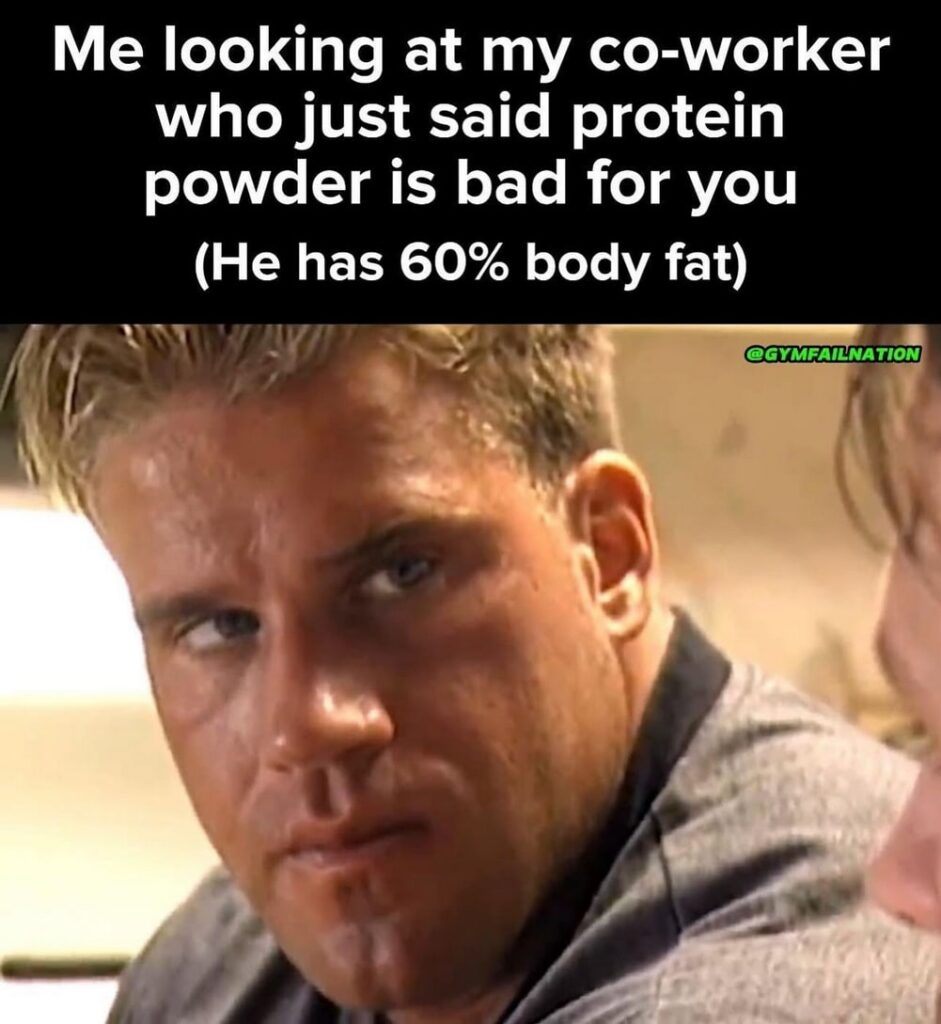
Let me be very clear: Anyone who tells you that eating a high protein diet will harm your kidneys, liver, or whatever else is a fucking idiot.
They have no idea what they’re talking about and want to fearmonger people who want to improve their health.
In the meantime most of them can’t even seem to manage their own weight. They will either be skinny as hell with thin noodle arms or overweight. And they’ll act like they understand nutrition.
Pay them no heed gentlemen.
Lift the weights and eat the protein.
– Harsh Strongman
| Title |
|---|

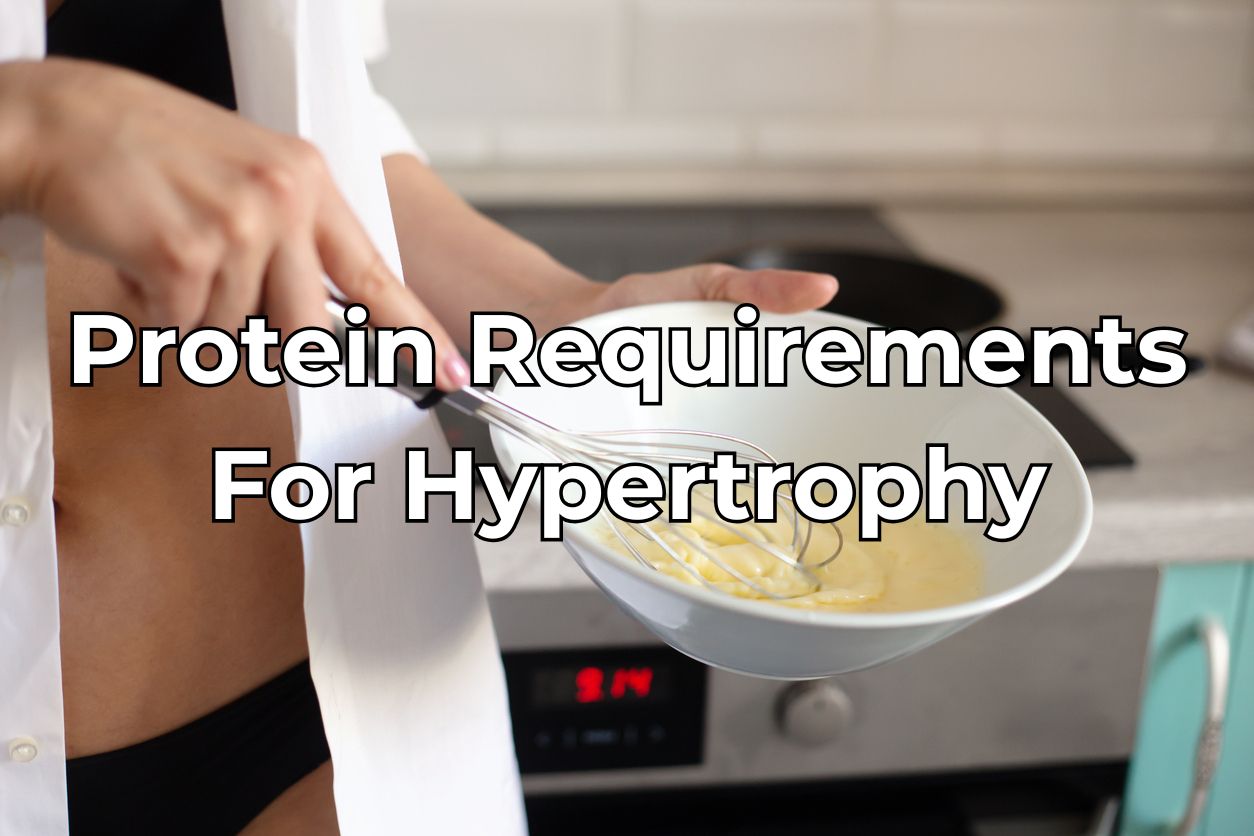








![Traits Women Find Attractive Traits Women Find Attractive (And How to Score Yourself) [PART 1: Physical Aspects]](https://lifemathmoney.b-cdn.net/wp-content/uploads/2025/11/Traits-Women-Find-Attractive-1.jpg)












